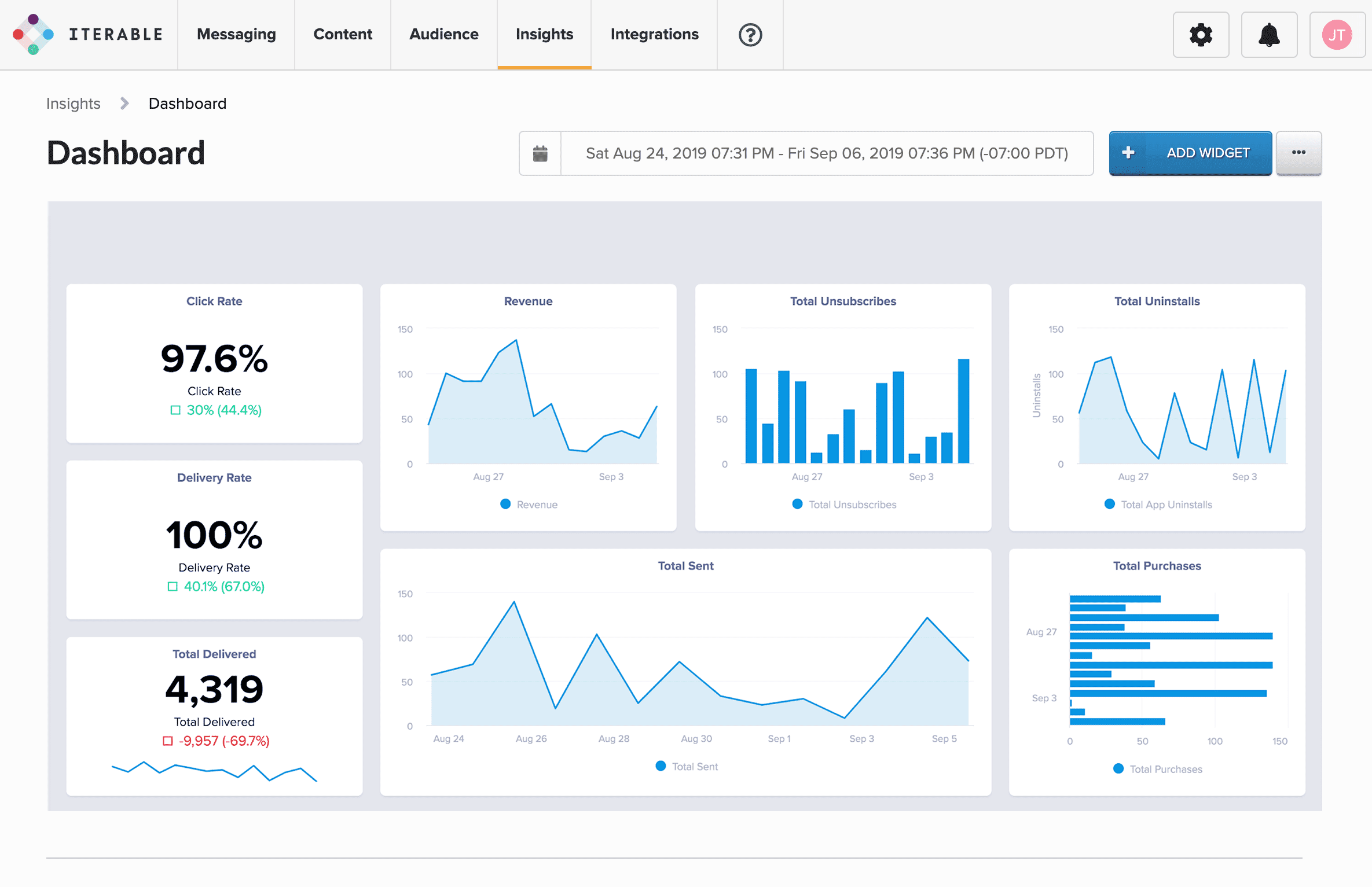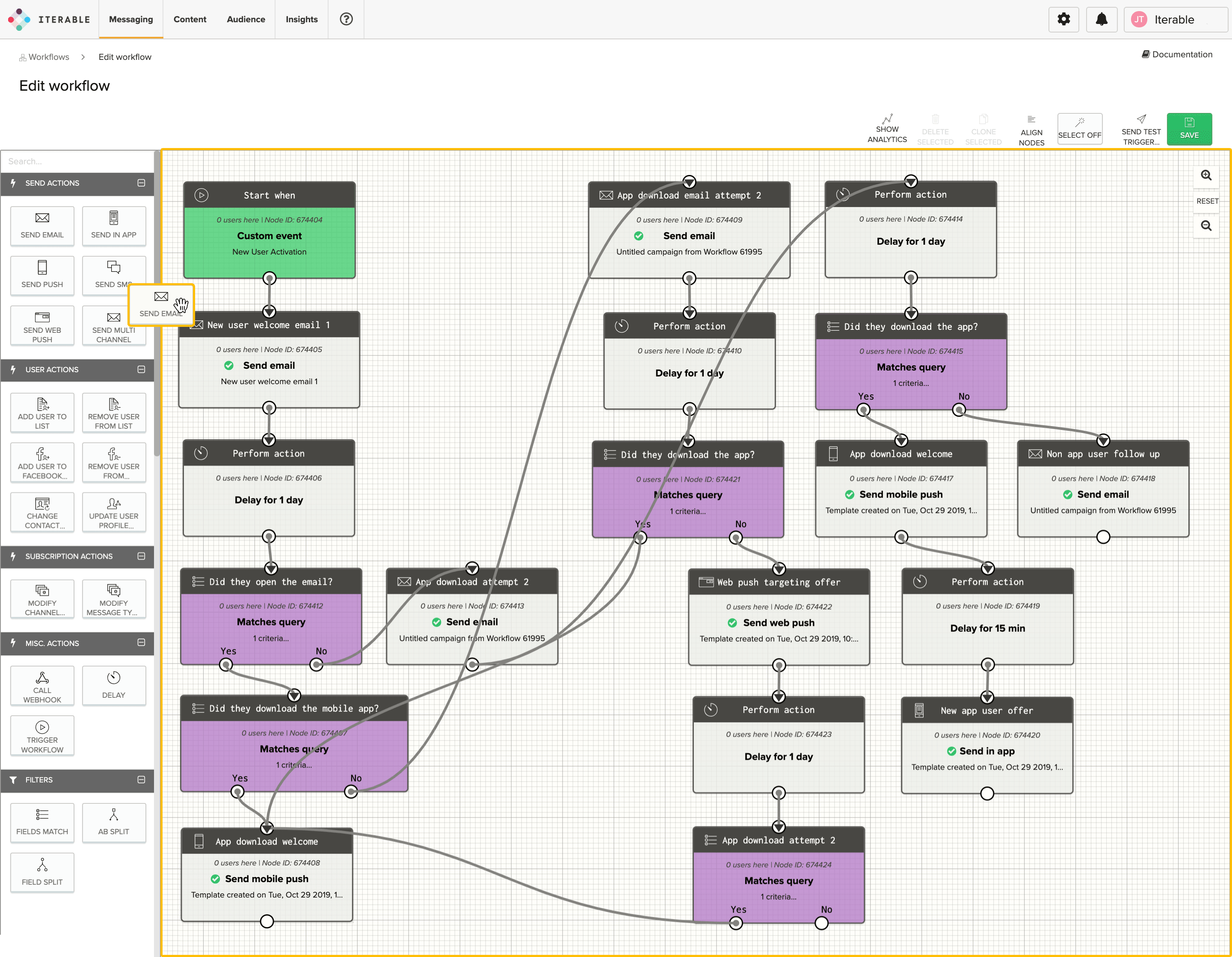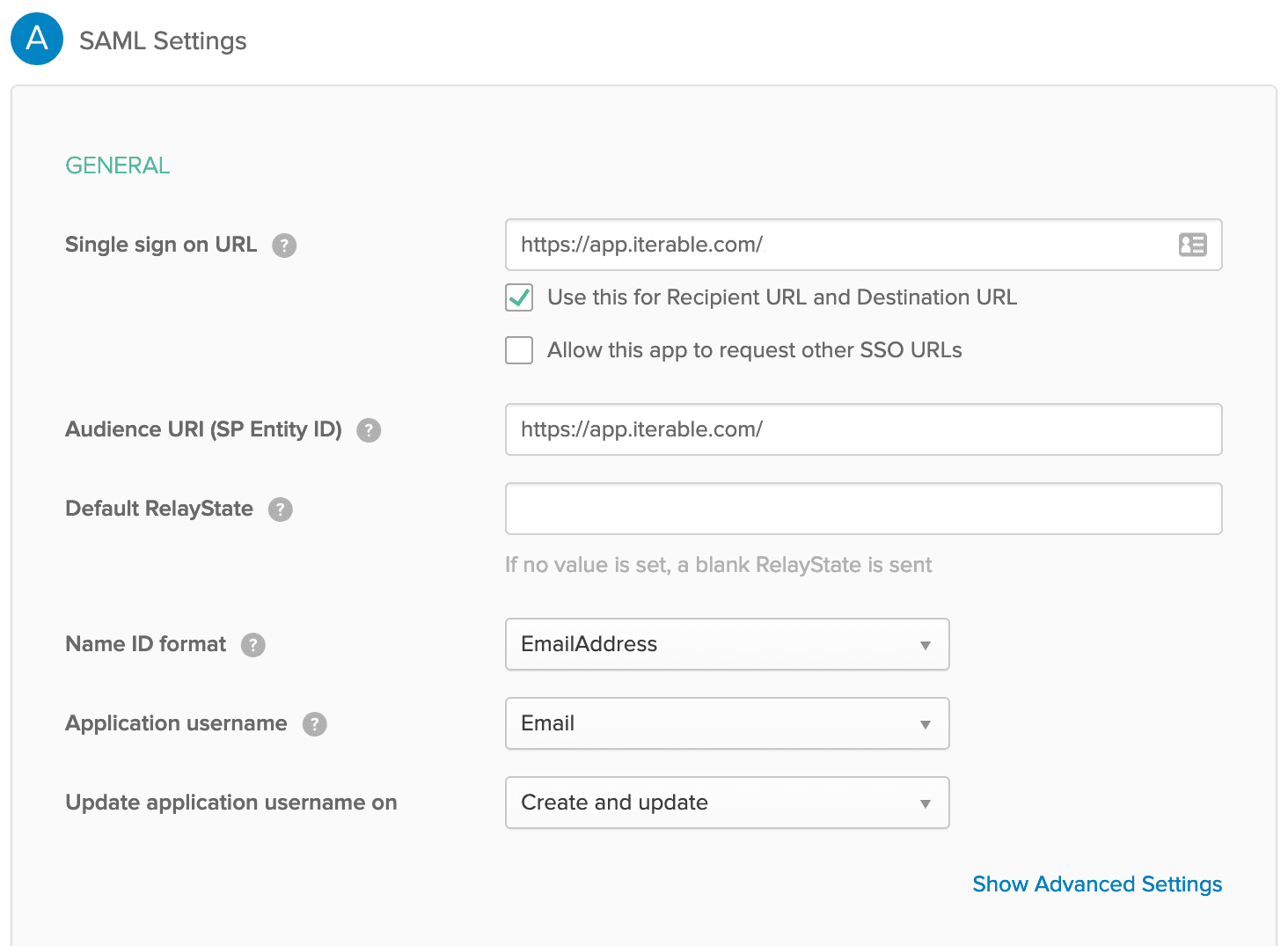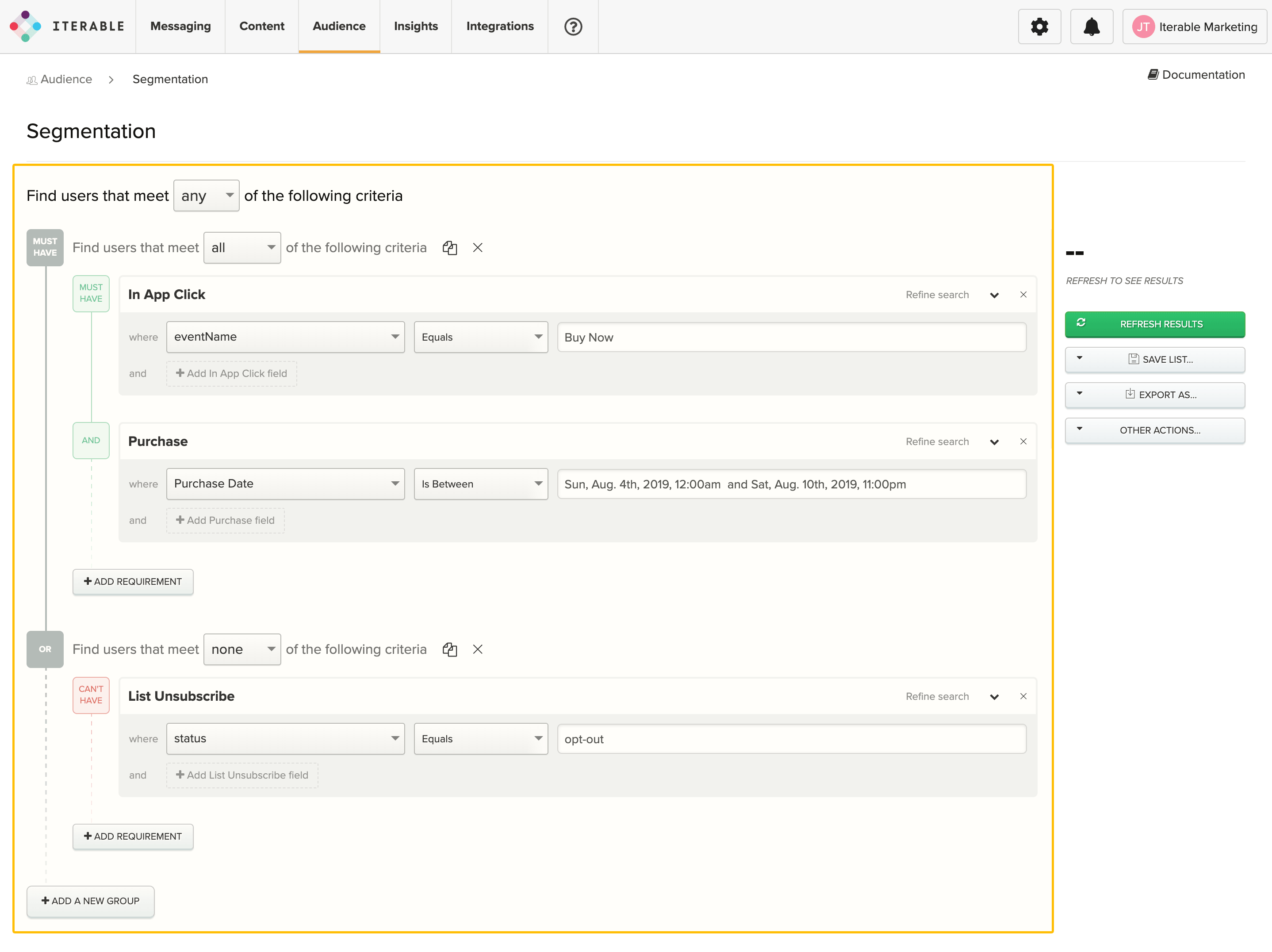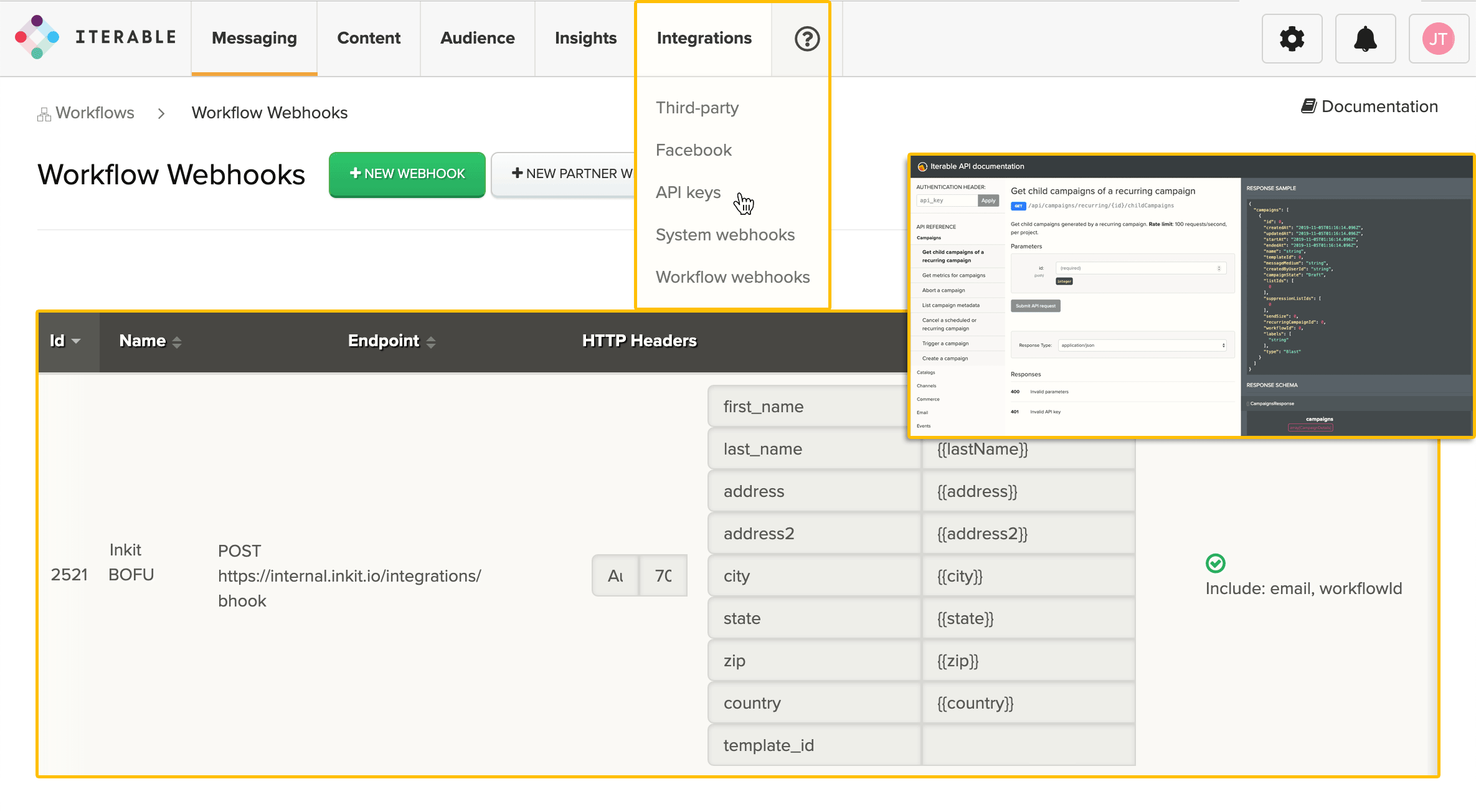Direct mail marketing leverages physical mailers delivered to consumer addresses in support of a brand’s marketing efforts. Direct mail can carry highly customised, printed messages to consumers to support different lifecycle marketing use cases.
Our solution for Direct Mail Marketing
What is direct mail marketing?
These days, it's easy to dismiss direct mail marketing as irrelevant – after all, just about all your customers are online, and it's much more cost-effective to scale a mass mailing through email marketing than it is with a printed mailer. But the fact remains that, as part of a strategic multi-channel marketing campaign, direct mail is still a crucial tool for driving brand engagement.
What type of direct mail should you send?
Direct mail refers to any type of mail that can be sent unsolicited through the national postal service, and includes a variety of formats. Some of the most common include:
Postcards
Postcards are cheap to send and a quick way to visually explain your brand. It's a good option for sending promotional offers to an existing or lapsed customer to encourage re-engagement, or introducing a new product line to existing users to create upsell opportunities. Make sure to include a clear call-to-action for the user's next steps, such as redeeming an offer in-store or online, or visiting a landing page via a QR code link.
Letters
If you're sending confidential information, a traditional letter format may be the best fit. Have you ever received an offer to refinance your mortgage? It's probably come in the form of a direct-mail letter. If your product is one-size-fits-all, a letter format may not be the best fit, but if you're sending highly personalised information that's been custom-developed for your target audience, the letter format will make the reader feel more comfortable and the format's familiarity will help to build trust.
In-house or outsource?
If your team is more familiar with digital marketing, dealing with printed collateral and a postal service may have a steep learning curve, so think about the pros and cons of handling it in-house versus working with an outside partner.
If you plan to make direct mail a core function of your business, you'll be able to obtain bulk mailing rates with postal services independently. However, if you only plan to send mailers occasionally to a highly targeted audience segment, it will likely make more sense to work with a marketing agency that specialises in direct mail and has access to bulk shipping rates.
It can be surprisingly simple to add direct mail to your multi-channel marketing campaigns: by including an integration for a direct mail service, as Iterable does with Inkit, Lob and Poplar, you can trigger personalised postcards that are custom-branded with your design elements to reach targeted audience members at key touchpoints in the buyer's journey.
What are the benefits of direct mail in the digital age?
We know what direct marketing is. But why should we care about direct marketing in the digital marketing age? Actually, there are quite a few reasons.
Higher engagement levels than any other channel
It turns out, even with email marketing and other forms of digital marketing in the mix, direct marketing is by far the most impactful: a study from the Direct Marketing Association found that direct mailers get response rates that are 10 to 30 times higher than email marketing response rates. Customers are now receiving hundreds of emails each day, and only open a fraction of them. In contrast, 81% of Americans open and review all of their physical mail each day. That gives you a much bigger advantage for capturing your target audience's attention and building engagement with your brand.
Win over targeted new customers
In order to reach contacts through email marketing, you need to convince them to share their contact information first. That's not the case with direct marketing, with which you can target an audience based on factors like postcode alone, which will give you a good indication of their demographic profile. You can then use your mailers to feed into other channels, by, for instance, including a QR code on your mailer that encourages them to download your app, so that you'll be able to reach the customers through your digital marketing channels as well.
Tangible offers are more frequently redeemed
When you get a promotional offer in your email inbox, it's easy to overlook it or forget to use it in time. But if you get a coupon mailer through your letterbox offering 20% off at a homeware chain? You're likely hanging onto it until you make it to the store to pick up that new blender you've been eyeing. Direct mail is highly visible, and leads to a much higher response rate than email marketing or other forms of digital marketing: the Direct Mail Association found direct mail’s response rate is 5.1%, compared to just 0.6% for email marketing.
Examples of how to use direct mail in marketing campaigns
So how can you make the best use of direct mail marketing? Don't treat it as a standalone marketing strategy.
In order to effectively engage with your target audience, you need to use direct mailers as part of an integrated, multi-channel marketing strategy that combines email marketing, social media marketing, mobile marketing and other forms of digital marketing to develop high-quality campaigns that engage your audience wherever they may be. Here are a few use cases where direct marketing can be most effective:
Reaching disengaged users
When a user stops responding to your offers or abandons a shopping cart, you can follow up with email marketing – but it may not yield results. In those cases where a user doesn't respond to your email offers, you can make them an offer they can't refuse by sending a direct mail postcard with a high-value promotion, such as a steep discount or free shipping. Such an offer can often prove an effective way to lure a lapsed user back into the fold.
Winning back lost business
Subscription businesses often have high churn rates, and after a customer opts out of your email marketing offers, you've lost the chance to communicate through that channel. This is where direct marketing can come into play: you may be able to win back a past customer with a compelling direct mail offer sent to their home, and if they choose to opt back in, you’ll be able to email them again. Past subscribers are already qualified buyers who understand your service, so it often makes sense to invest in winning them back rather than focusing on new markets.
Growing your loyalty programme
Loyalty programmes can be an important part of building an engaged relationship with your customers. In addition to providing email or in-app offers, you can use printed welcome mailers filled with coupons, or occasional reward certificates, as a hands-on component of your programme. Who doesn’t like receiving a stack of discounts?
Launching a new product
If you're launching a new product or looking to grow your audience into a new segment, you'll want to reach as many qualified buyers as possible. A wide-ranging direct mail campaign in your target geographical region will help to build brand awareness quickly, and if you include a QR code or a personalised code on your mailer, you'll be able to easily track redemption rates for your campaign.
Quickly visualise your campaigns and understand your entire marketing programme at a glance with Iterable Insights. Customise your reporting and visual dashboards with interchangeable widgets that help you track and share performance with your team.
Compose lifecycle campaigns that activate, nurture and re-engage customers across all messaging channels. With our drag-and-drop Workflow Studio, you can create sophisticated lifecycle marketing programmes using unlimited data points in real time. Iterable’s workflows can update user profiles, apply filters and delays and trigger cross-channel messaging to create unique 1:1 experiences for your customers.
Enterprise-ready security and operational processes ensure secure deployment into your martech stack. Comprehensive security features like SSO/SAML, privacy compliance, account provisioning and access controls keep your marketing operations protected as you grow.
Filter and segment customers from any data type stored inside rich user profiles. Understand every customer’s unique characteristics and preferences by storing hundreds of demographic and custom event data fields. Allowing you to run advanced segmentation in seconds without coding or support from an Engineering team, all from the Iterable UI.
Our platform architecture enables the rapid ingestion, activation and expansion of your brand’s consumer-centric data. Our flexible data model, modern APIs and universal webhooks retrieve information from any source at virtually unlimited scale. Leverage all your subscribers’ demographic, behavioural and event data – both internal and from third parties – in real time to trigger personalised messaging and campaigns.
Direct mail can cost anywhere from 30 cents to over $10 per recipient, depending on the type and quantity of direct mail you’re sending.
While consumers typically receive hundreds of emails each day, direct mail provides an opportunity to stand out in a more limited inbox and provides something tangible that will serve as a constant reminder of your brand. Direct mail has an average response rate of 4.4%, compared to just 0.12% for email marketing.



























